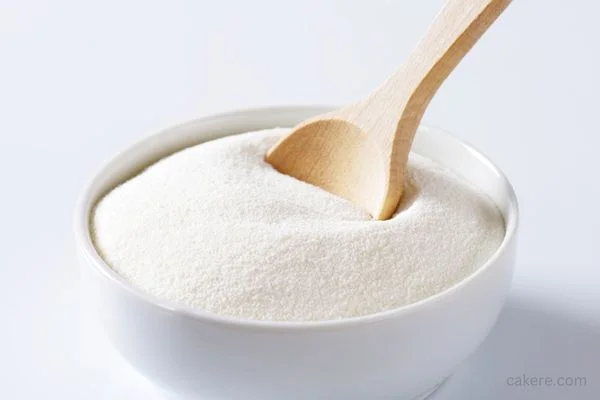Milk is a common ingredient in baking that serves many purposes. It adds moisture, richness, and flavor to your cakes, cookies, bread, and other baked goods.
However, not all milk is created equal, and the type of milk you use can affect the final outcome of your recipe. In this article, we will explore the role of whole milk in baking and why it is preferred over other types of milk.
What Does Whole Milk Do in Baking?
The Importance of Fat Content Whole milk is milk that contains all the natural fat content that has not been removed or reduced. Compared to skim or low-fat milk, whole milk has a higher fat content, which contributes to a creamier texture and richer flavor in baked goods. Here are some ways whole milk affects your baked treats:

- Moisture Milk adds moisture to your baked goods, which helps keep them soft and tender. The fat content in whole milk helps retain moisture during baking, producing a denser and more moist texture. The water content in milk also helps create steam, which contributes to the rise of your baked goods.
- Flavor Milk adds a subtle sweet and creamy flavor to your baked goods. Whole milk has a richer taste due to its higher fat content, which enhances the overall flavor profile of your treats. Using whole milk also complements other ingredients like butter and sugar, creating a well-balanced flavor.
- Texture The fat in whole milk contributes to the structure of your baked goods. It helps create a tender crumb and a soft, velvety texture. Whole milk also adds richness and depth to your baked treats, making them more satisfying to eat.
- Browning Milk also helps create a golden-brown crust on your baked goods. The lactose in milk caramelizes when exposed to high heat, producing a desirable color and flavor. Whole milk, with its higher fat content, produces a more evenly browned crust and a richer flavor.
How to Use Whole Milk in Your Baking Recipes Now that you know the benefits of using whole milk in baking, let’s look at how you can incorporate it into your recipes. Here are some tips:
- Substitute whole milk for other types of milk in your recipe. If your recipe calls for skim or low-fat milk, using whole milk instead will improve the taste and texture of your baked goods.
- Use whole milk in recipes that require a rich and creamy texture, such as custards, puddings, and ice cream.
- Pair whole milk with other ingredients that complement its rich flavor, such as butter, cream, and vanilla.
- Be mindful of the fat content in your recipe when using whole milk. If your recipe already contains a lot of fat, you may want to use a lighter milk option to avoid making it too heavy.
FAQs
While non-dairy milk options like soy, almond, or oat milk can work in some baking recipes, they may not produce the same texture or flavor as whole milk. Non-dairy milk may also have a lower fat content, which can affect the structure of your baked goods. It’s best to stick with whole milk for the best results.
